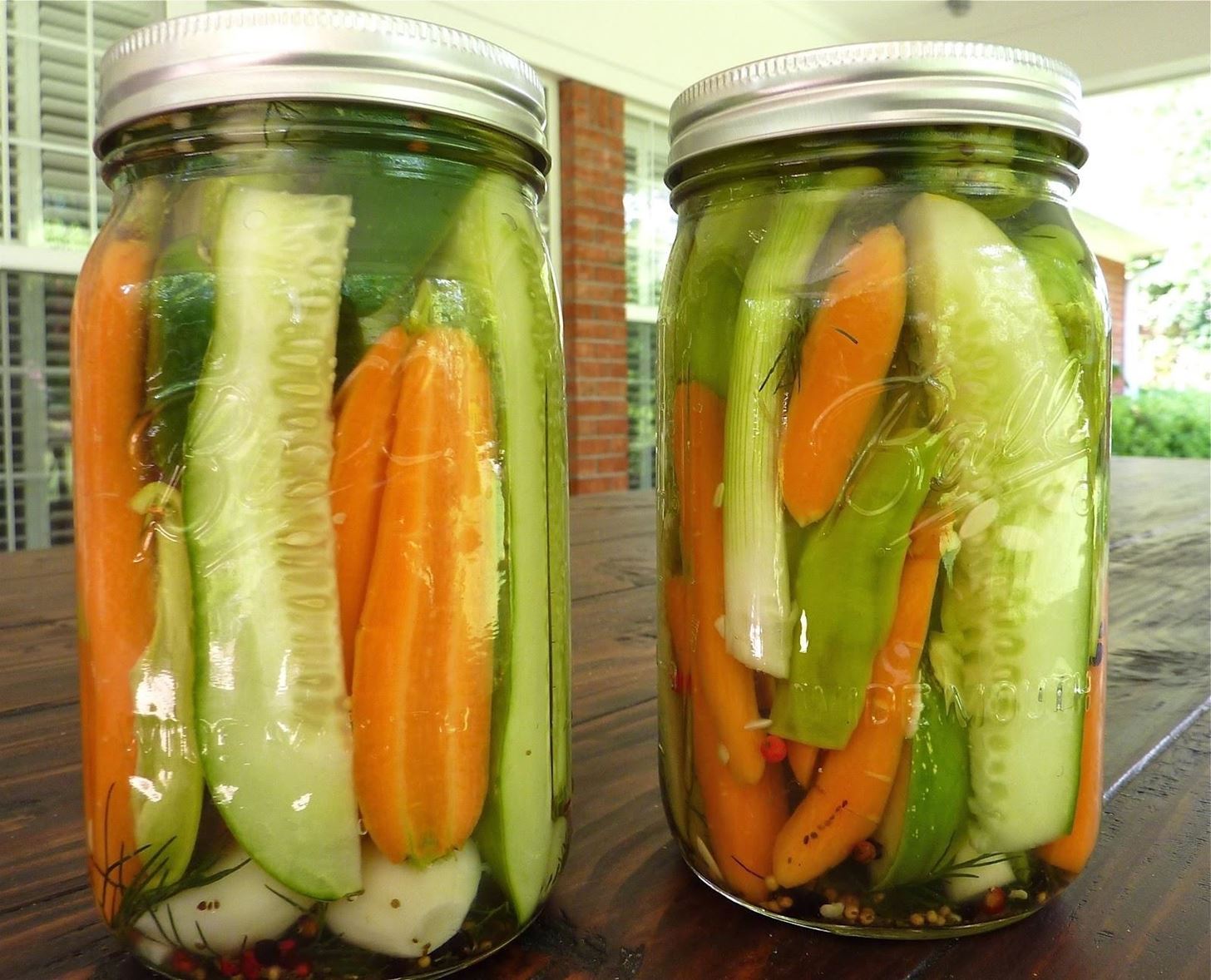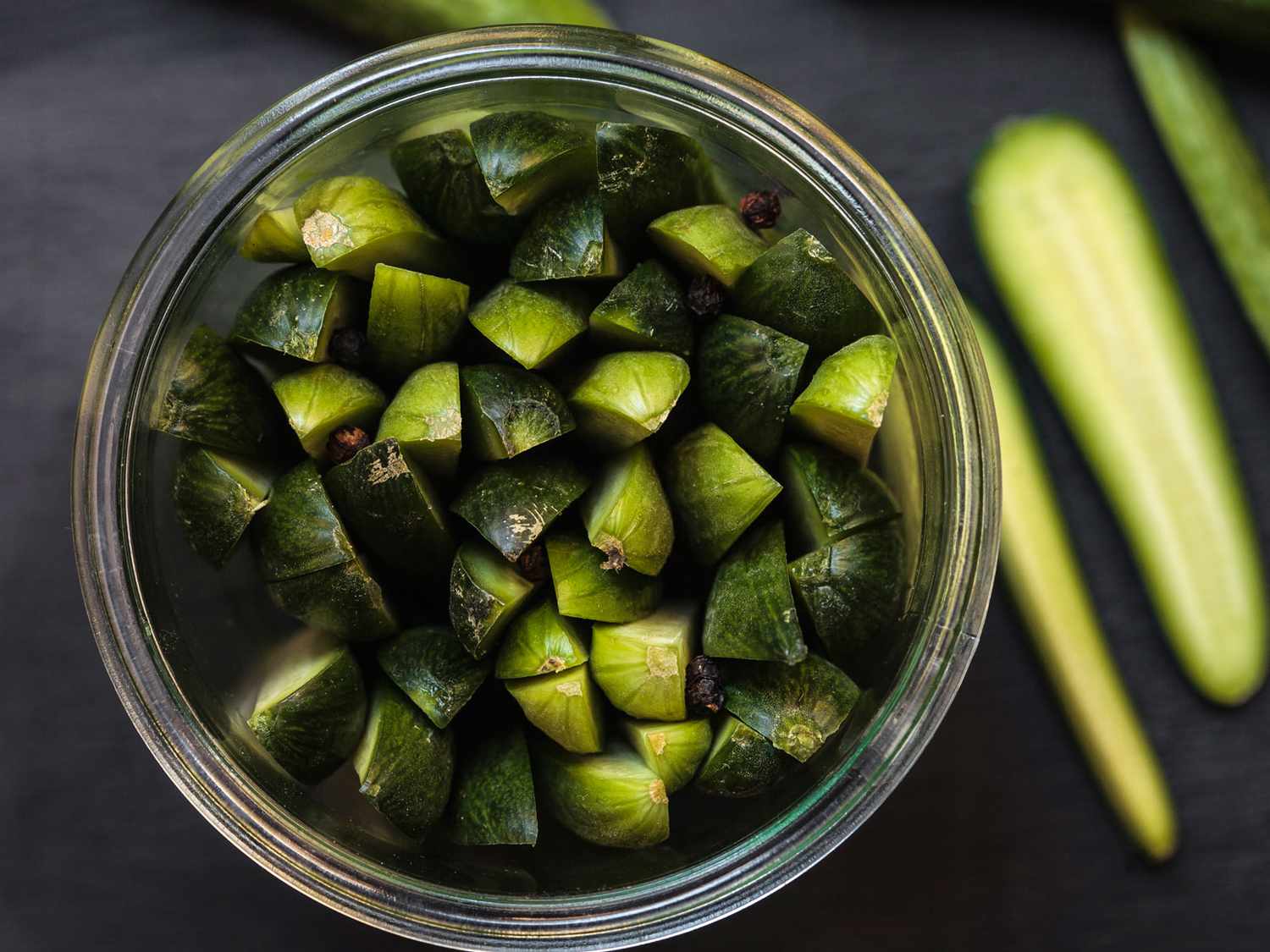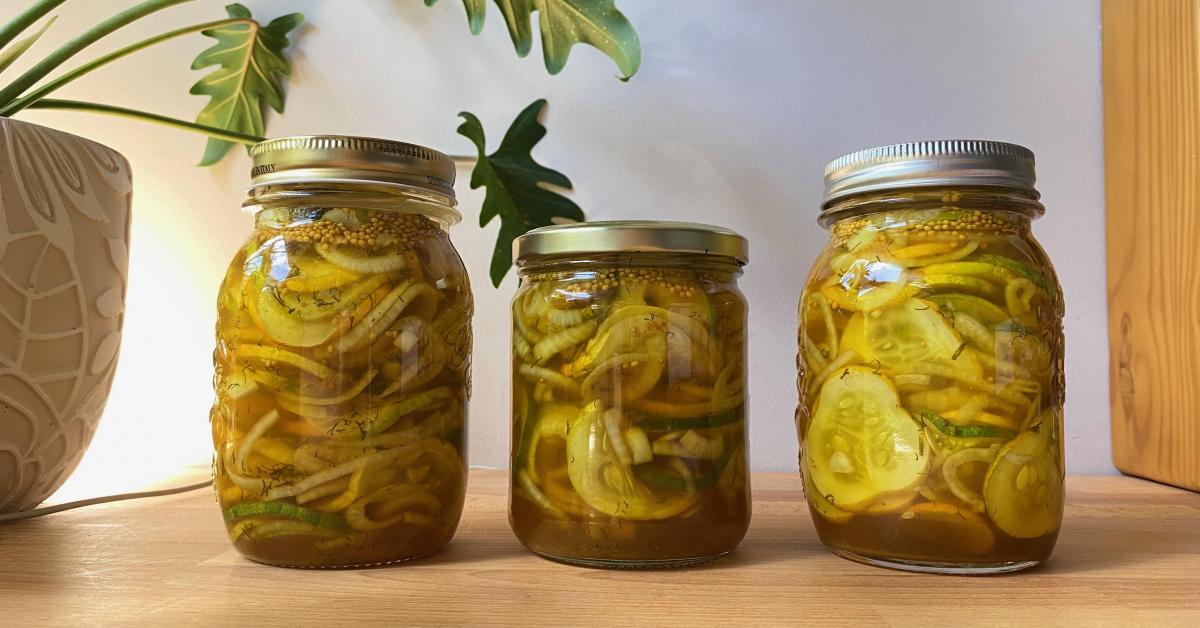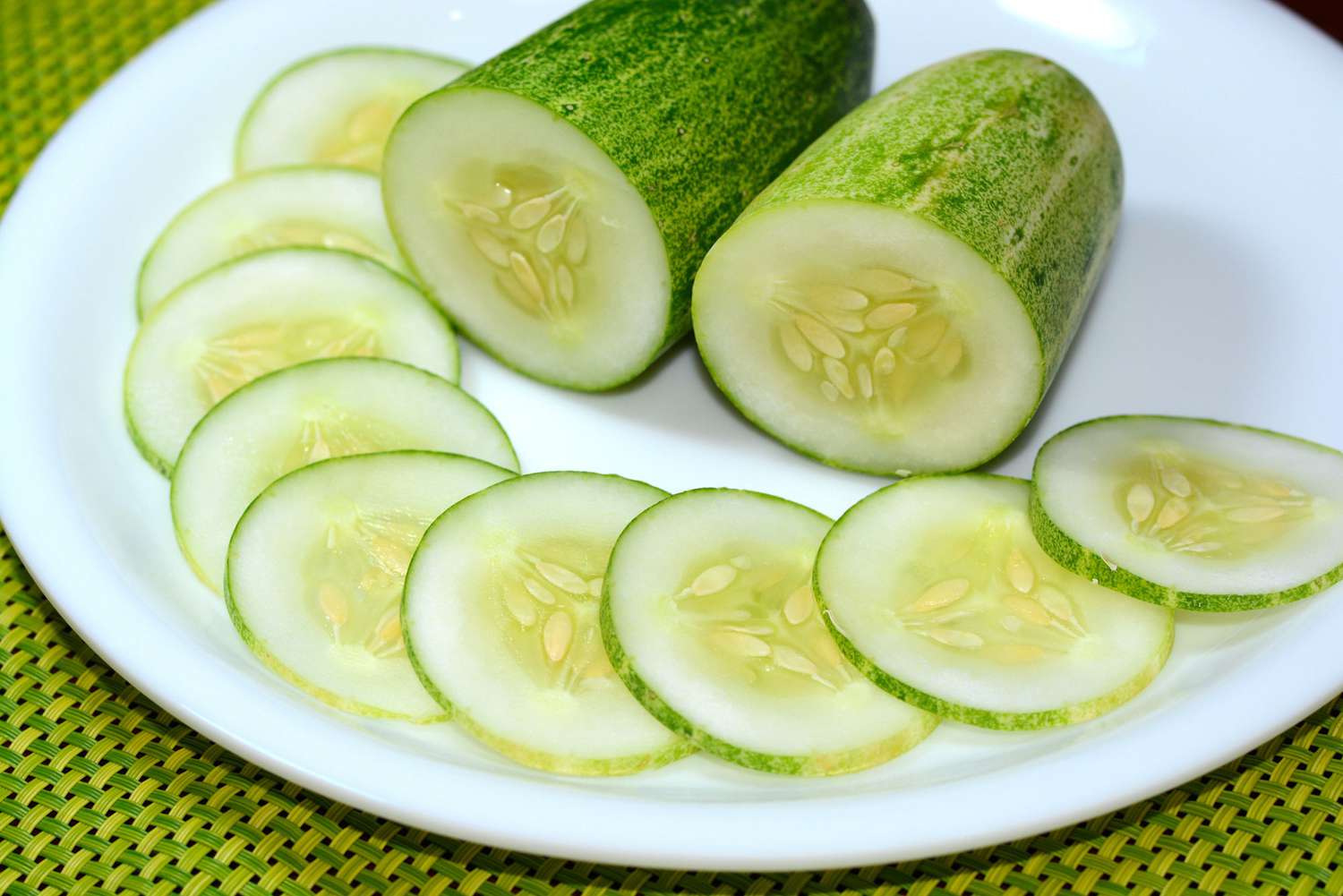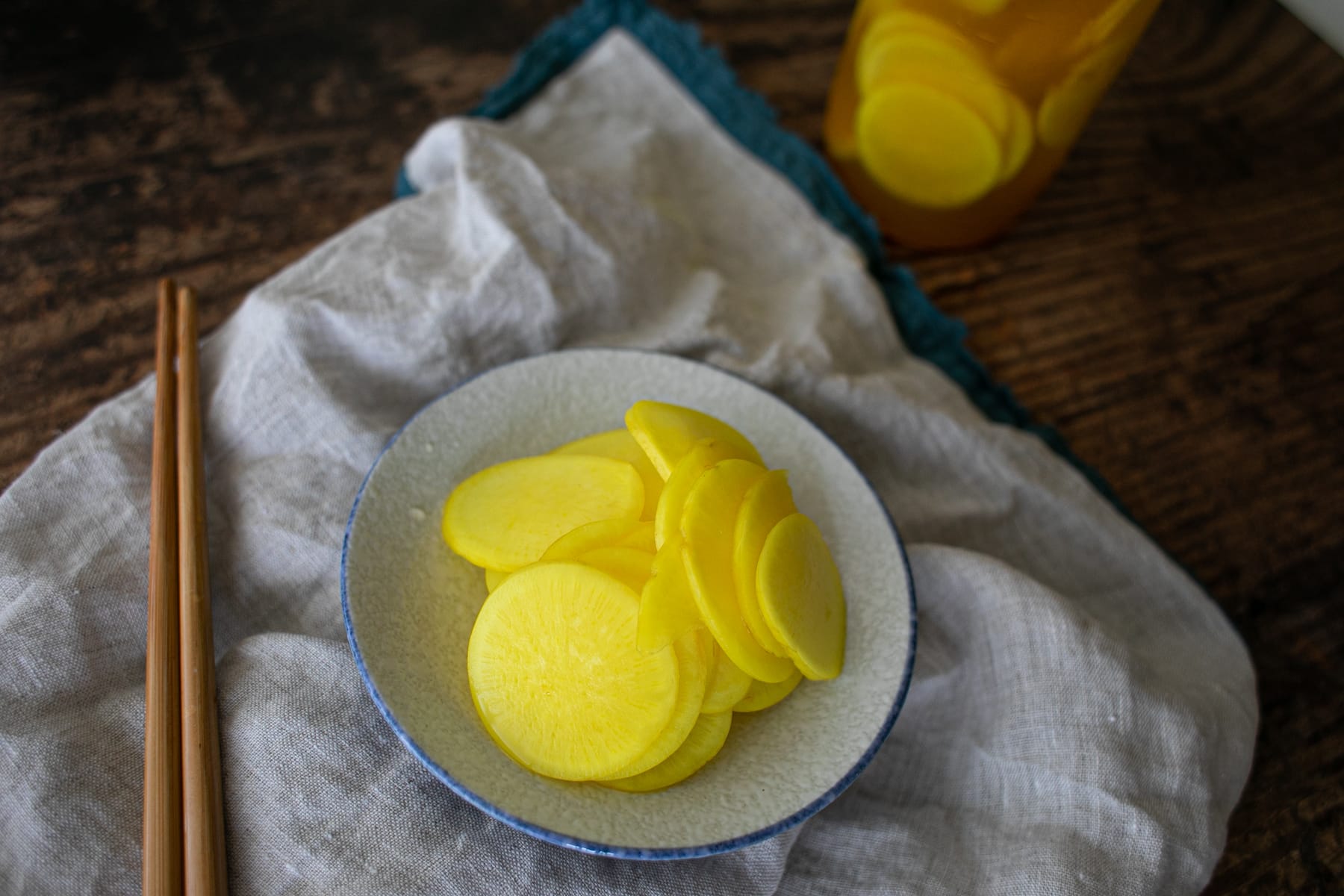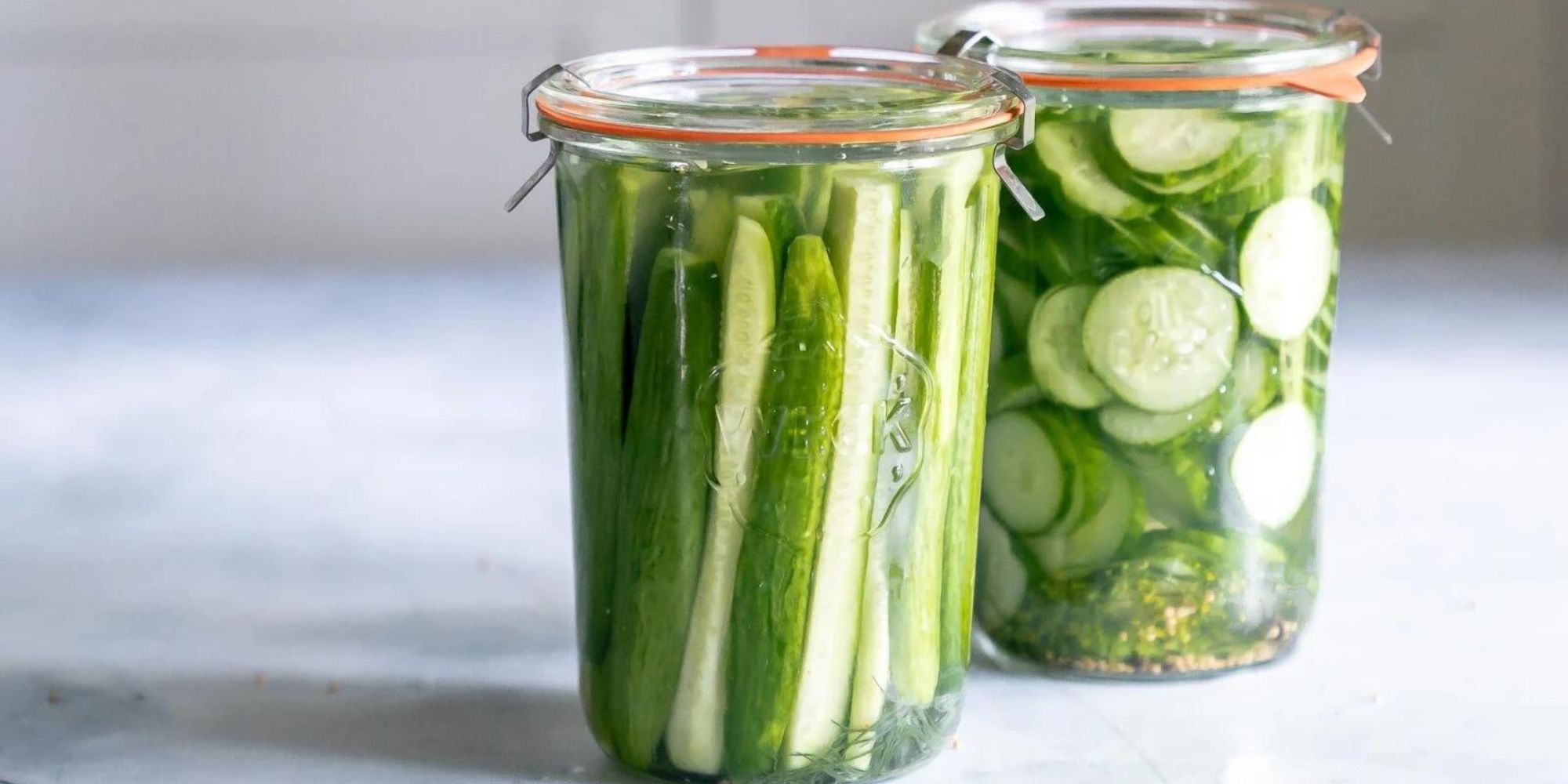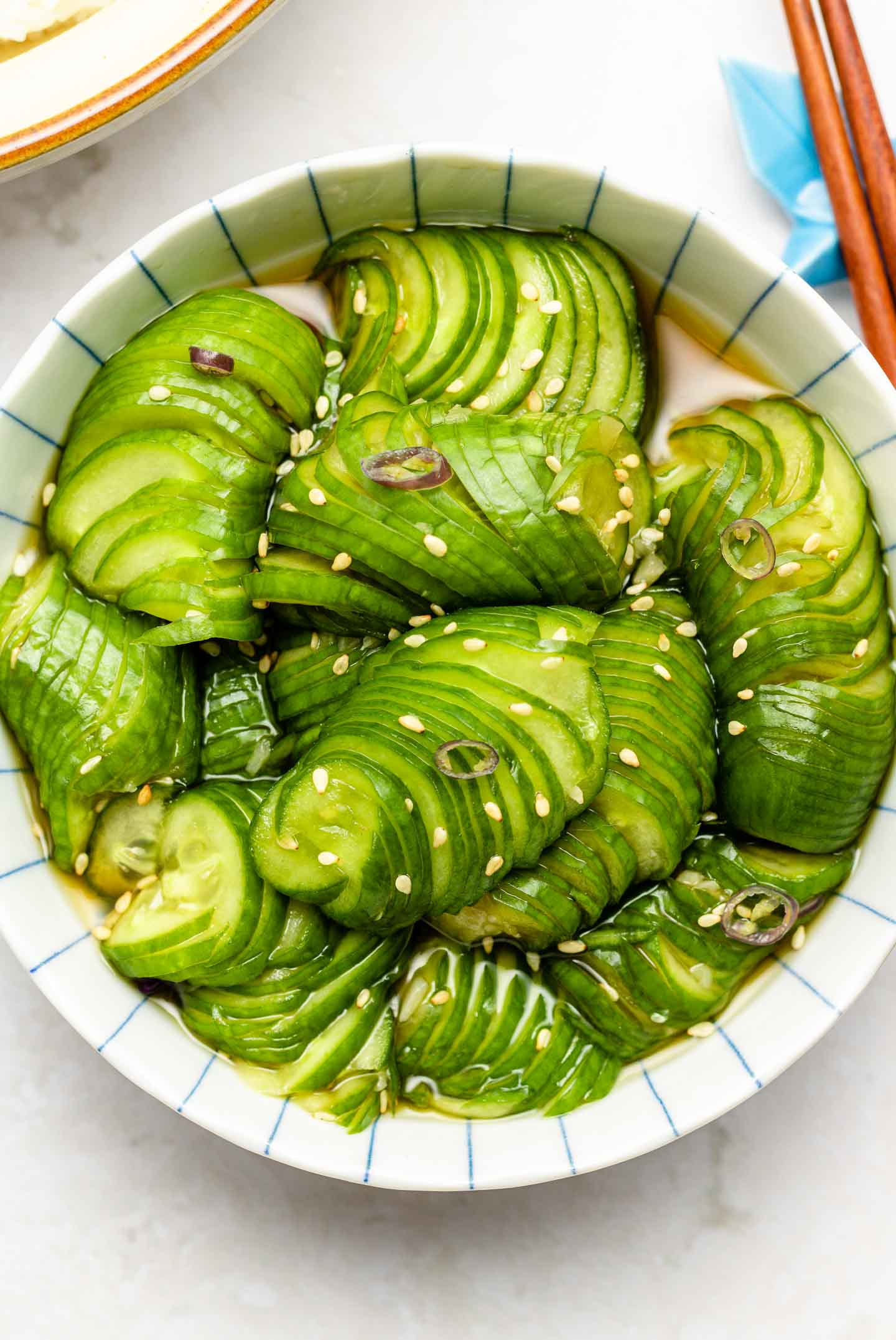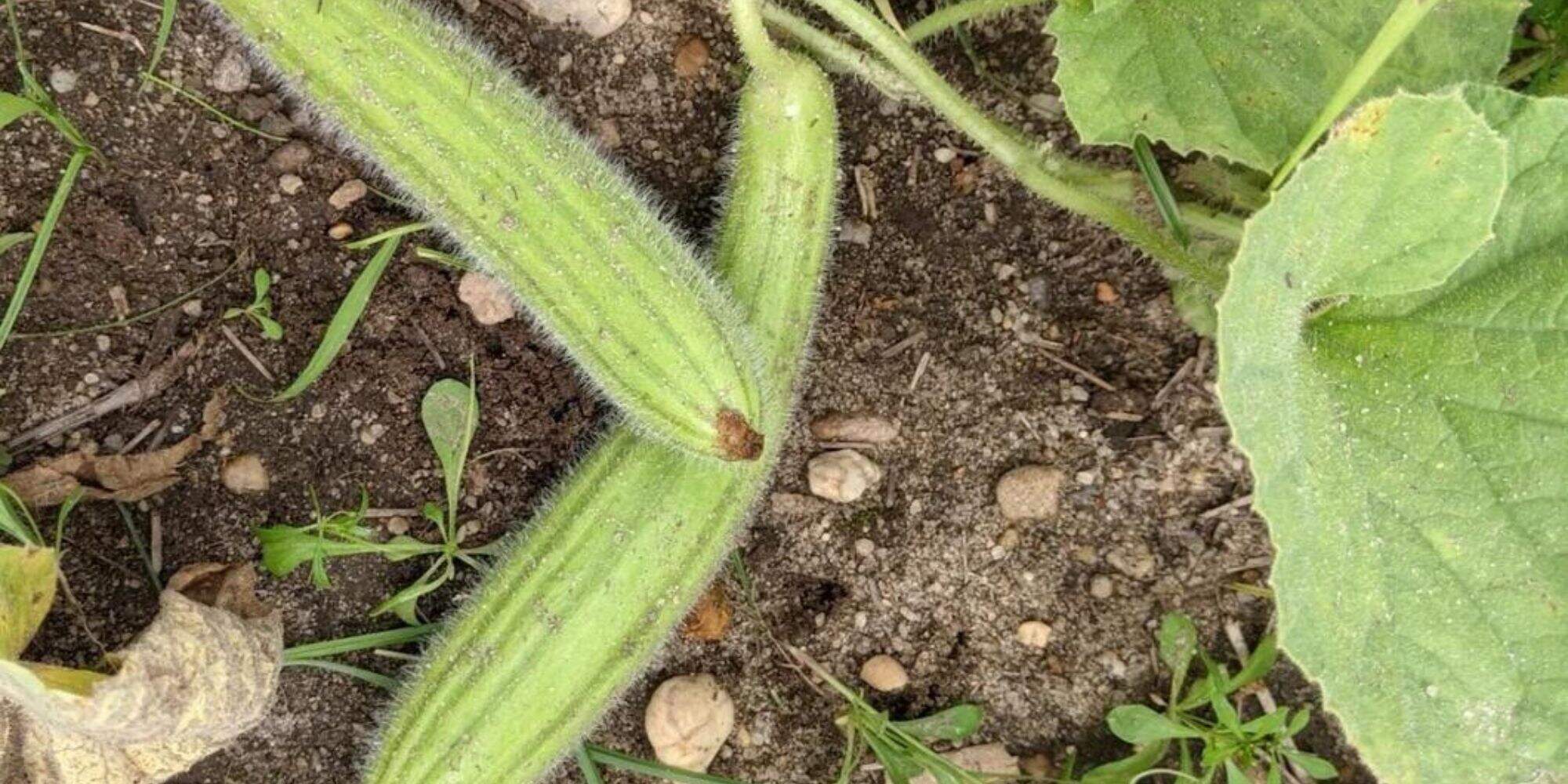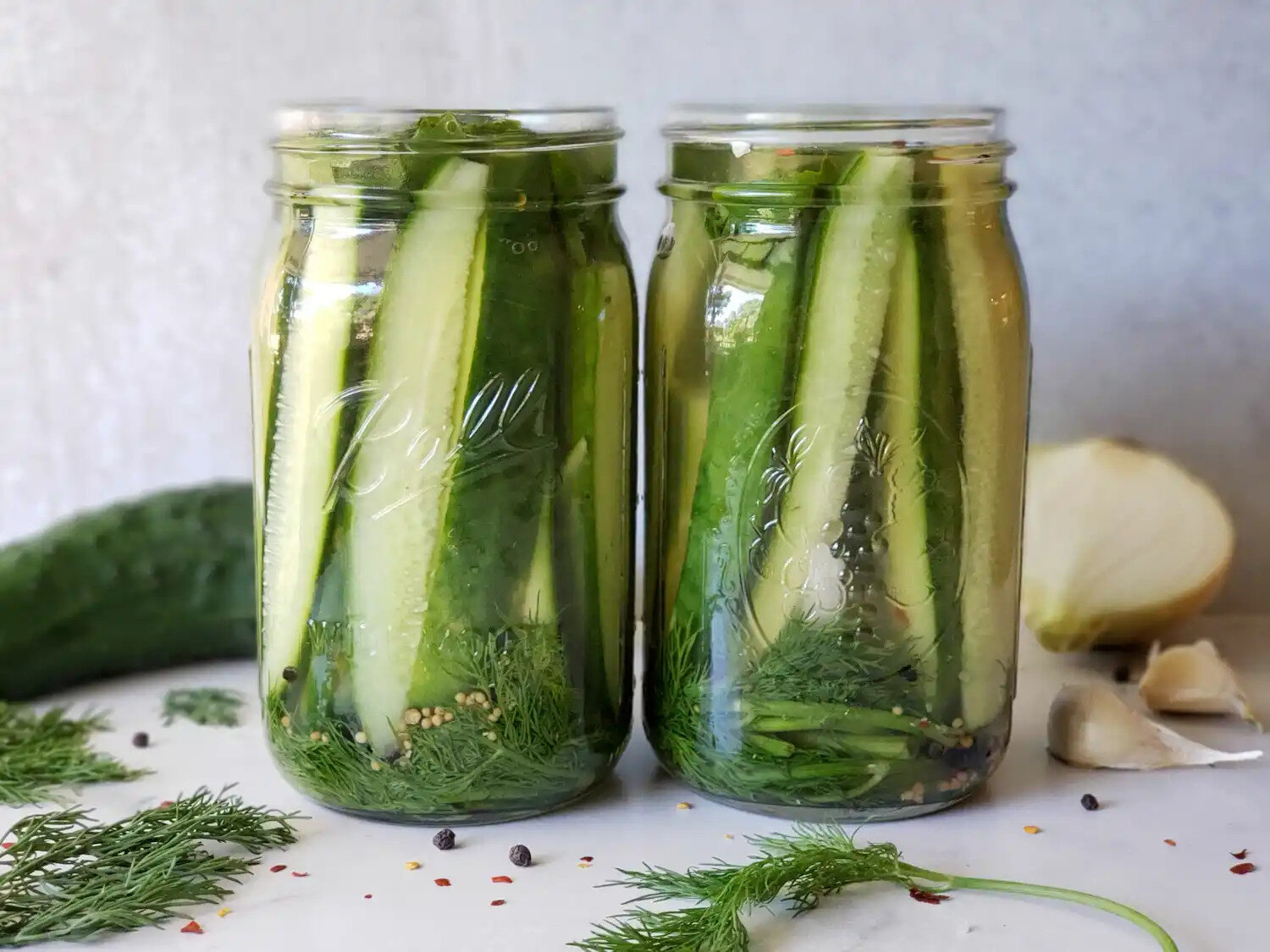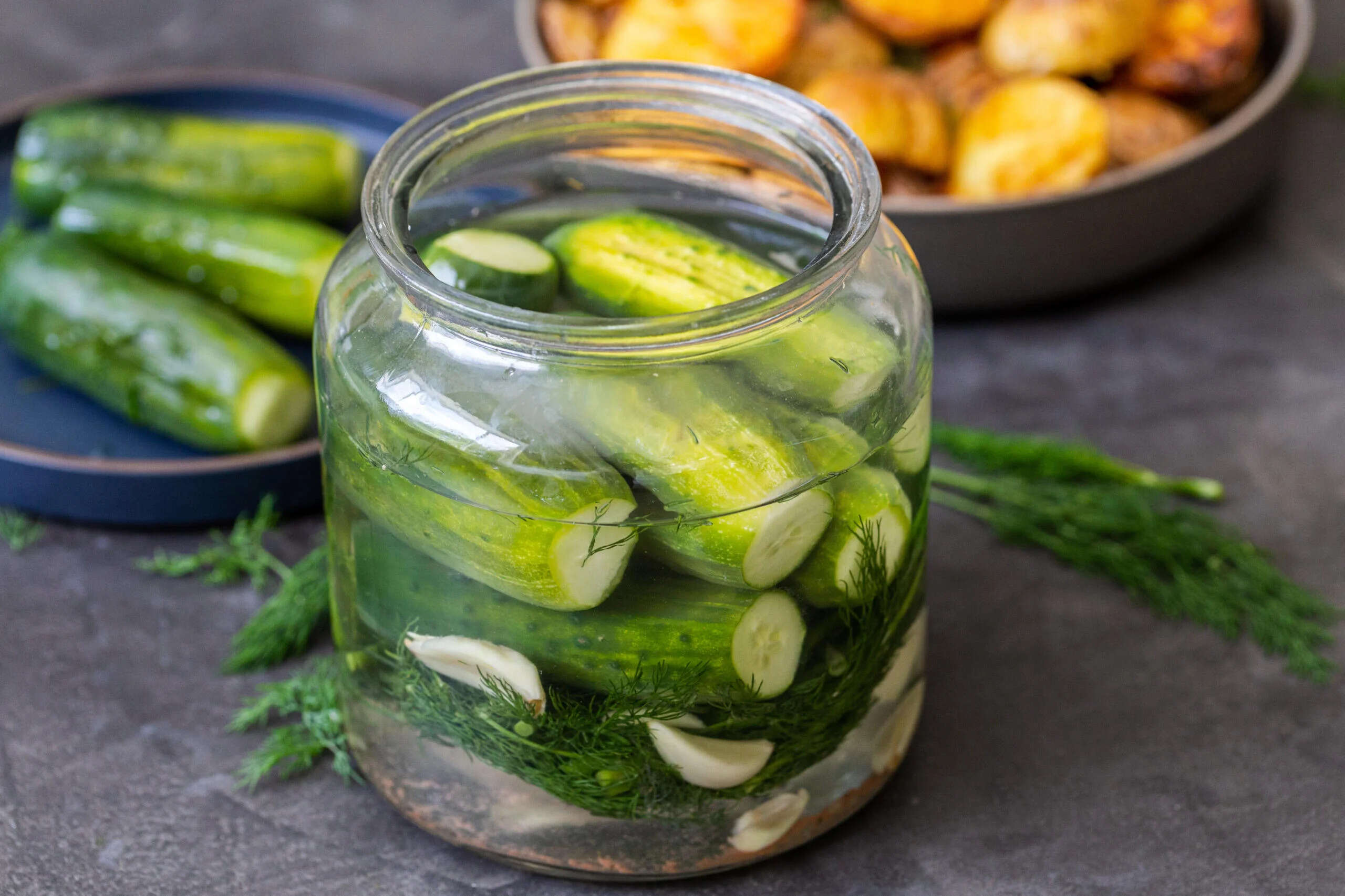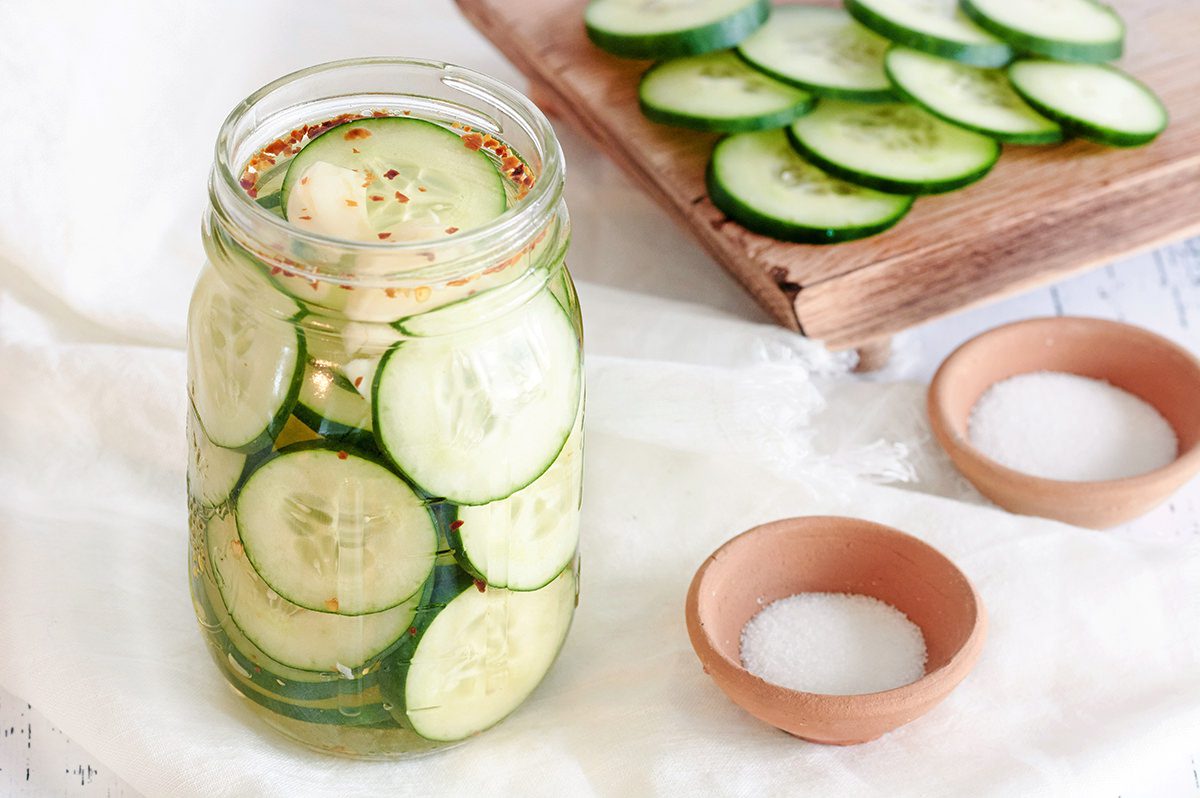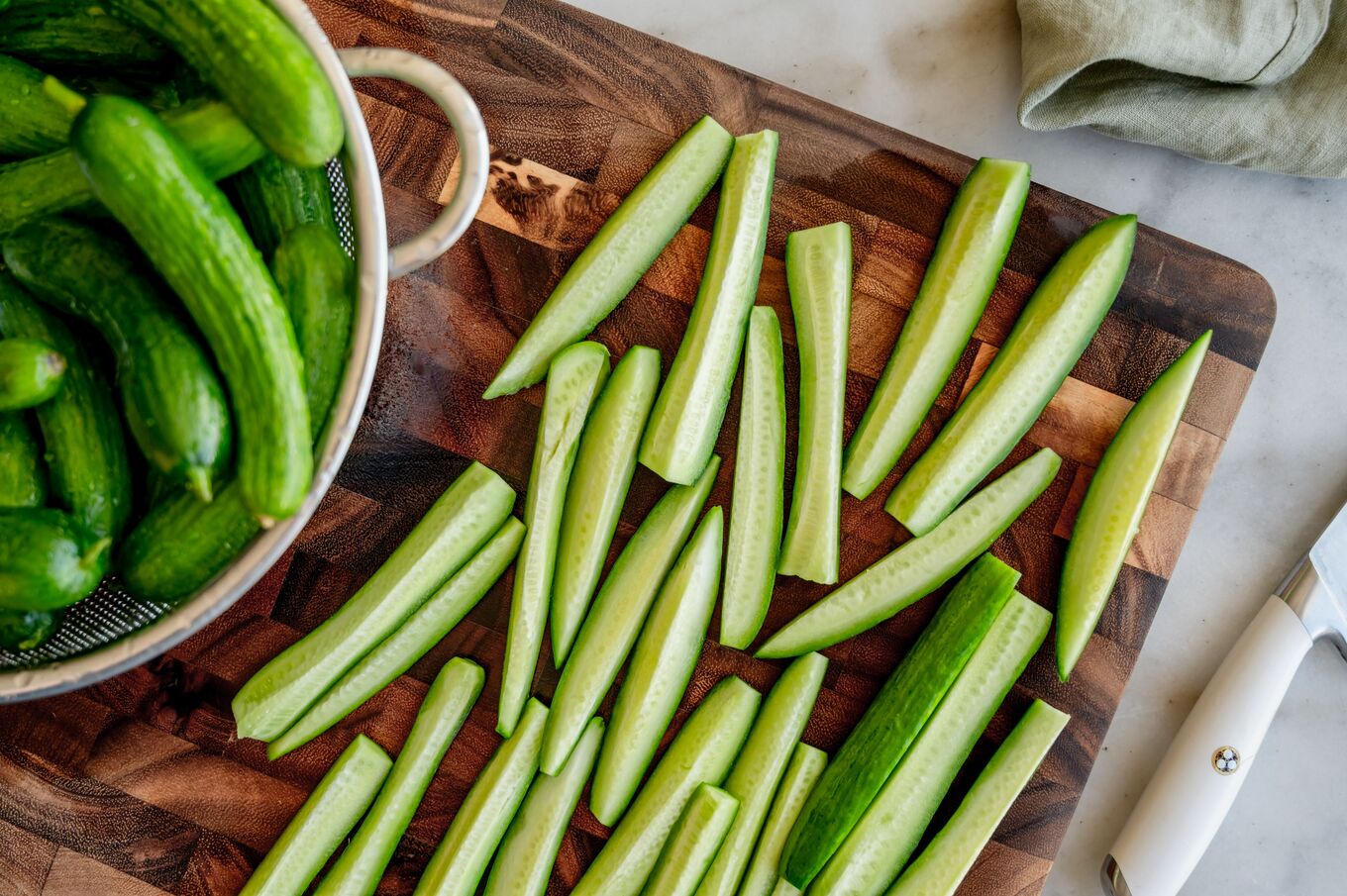Pickling isn't just for cucumbers and dills. This age-old method can transform many vegetables, fruits, and even some proteins into tangy, flavorful treats. Imagine the zing of pickled carrots, the sweetness of pickled peaches, or the savory bite of pickled eggs. Each ingredient brings its unique taste and texture to the table. With a few basic techniques, you can experiment with different spices, vinegars, and brines to create your own pickled delights. Ready to explore the world of pickling beyond the usual suspects? Let's dive into some exciting and easy methods to get you started.
Gather Your Ingredients for Pickling
Pickling Techniques Beyond Cucumbers and Dills
-
Carrots
- 4 large carrots, peeled and sliced
-
Radishes
- 1 bunch radishes, trimmed and sliced
-
Cauliflower
- 1 small head cauliflower, cut into florets
-
Green Beans
- 1 pound green beans, trimmed
-
Beets
- 3 medium beets, peeled and sliced
-
Red Onions
- 2 large red onions, thinly sliced
-
Garlic
- 6 cloves garlic, peeled and smashed
-
Fresh Dill
- 1 bunch fresh dill
-
Bay Leaves
- 4 bay leaves
-
Mustard Seeds
- 2 tablespoons mustard seeds
-
Peppercorns
- 1 tablespoon black peppercorns
-
Coriander Seeds
- 1 tablespoon coriander seeds
-
Vinegar
- 4 cups white vinegar
-
Water
- 4 cups water
-
Sugar
- 1 cup granulated sugar
-
Salt
- 2 tablespoons kosher salt
Essential Tools for Pickling Techniques Beyond Cucumbers and Dills
- Large Glass Jars with tight-sealing lids
- Stainless Steel Pot for boiling brines
- Wooden Spoon for stirring
- Tongs for handling hot jars
- Measuring Cups and Spoons for precise ingredient amounts
- Cutting Board and Sharp Knife for preparing produce
- Funnel to pour brine into jars without spilling
- Ladle to transfer brine
- Vegetable Peeler for certain vegetables
- Mandoline Slicer for thin, uniform slices
- Cheesecloth or Coffee Filters for straining spices from brine
- Jar Lifter for removing jars from hot water
- Thermometer to ensure brine reaches proper temperature
- Labels for marking jars with dates and contents
Try pickling carrots, radishes, or green beans. Use vinegar, water, salt, and sugar as a base. Add spices like mustard seeds, dill, or garlic for extra flavor. Experiment with different combinations.
The Importance of Pickling Techniques Beyond Cucumbers and Dills
Pickling, a method steeped in tradition, extends food's shelf life and enhances flavors, transforming ordinary ingredients into zesty, tangy delights. This technique, beyond just cucumbers and dills, invites a world of creativity, allowing chefs to experiment with various vegetables, fruits, and even meats, infusing them with unique, bold tastes.
Engaging in pickling not only preserves seasonal bounty for year-round enjoyment but also reduces food waste, making it an eco-friendly kitchen practice. By embracing this age-old method, one taps into a sustainable way of cooking, adding depth and complexity to dishes while celebrating the art of transformation.
Step-by-Step Guide to Mastering Pickling
Pickling Techniques Beyond Cucumbers and Dills
-
Selecting Produce
- Choose fresh, firm fruits or vegetables. Avoid any with bruises or blemishes.
- Experiment with carrots, green beans, cauliflower, peppers, and even fruits like peaches or cherries.
-
Preparing Brine
- Combine equal parts water and vinegar (white, apple cider, or rice vinegar work well) in a pot.
- Add salt and sugar to taste; typically, 1 tablespoon of salt and 2 tablespoons of sugar per cup of water.
- Heat until salt and sugar dissolve. Cool the brine before using.
-
Adding Flavor
- Incorporate spices and herbs like mustard seeds, peppercorns, garlic cloves, dill, or tarragon for added flavor.
- Place these at the bottom of your pickling jar before adding produce.
-
Packing Jars
- Sterilize jars and lids by boiling them in water for 10 minutes.
- Tightly pack your chosen fruits or vegetables into jars, leaving about a half-inch of space at the top.
-
Pouring Brine
- Pour the cooled brine over the packed produce, ensuring it's completely submerged.
- Leave about a quarter-inch of space at the top of the jar.
-
Sealing and Storing
- Wipe jar rims clean, then tightly screw on lids.
- For quick pickles, refrigerate immediately and consume within a month.
- For longer storage, process jars in a boiling water bath for 10 minutes, then store in a cool, dark place for up to a year.
-
Experimenting with Techniques
- Quick Pickling: Ideal for beginners. Involves refrigerating pickled items and consuming them within a short period.
- Fermented Pickling: Requires more time as it relies on natural fermentation to sour the produce. This method enhances probiotic content.
- Sweet Pickling: Adjust the sugar in your brine for a sweeter taste, perfect for fruits or sweet vegetables like beets.
-
Monitoring Pickles
- Check jars for signs of spoilage like mold or unusual odors regularly.
- Ensure pickles remain submerged in brine to prevent spoilage.
-
Serving Suggestions
- Serve pickled vegetables as a side dish, in salads, or as part of a charcuterie board.
- Use pickled fruits in desserts or as cocktail garnishes for an unexpected twist.
A Fresh Take on Pickling
Pickling's not just for cucumbers anymore. We've journeyed through a world of flavors, from tangy fruits to savory meats, proving that almost anything can be transformed with the right brine and a bit of patience. Whether you're a seasoned chef or a curious foodie, embracing these techniques can add an exciting twist to your culinary repertoire. Remember, the essence of pickling lies in experimentation and the joy of discovering new tastes. So, grab your jars, pick your brine, and start exploring the endless possibilities. Who knows? Your next pickle could be a game-changer at the dinner table. Happy pickling!
Common Questions About Pickling Techniques Beyond Cucumbers and Dills
What vegetables can be pickled besides cucumbers?
You can pickle carrots, beets, cauliflower, radishes, green beans, and even asparagus. Each veggie brings its own unique flavor and texture to the table.
How long do pickled vegetables last?
Properly stored in the fridge, pickled veggies can last up to 2 months. Always check for any off smells or mold before eating.
Do I need special equipment to pickle vegetables?
Not really! A clean jar, some vinegar, salt, sugar, and your favorite spices are all you need. A basic saucepan and a good knife will also come in handy.
Can I pickle fruits too?
Absolutely! Apples, pears, peaches, and even watermelon rinds can be pickled. They make for a sweet and tangy treat.
Are pickled vegetables healthy?
Yes, they can be. Pickling preserves the nutrients in vegetables. However, they can be high in sodium, so enjoy them in moderation.
What spices work best for pickling?
Common spices include dill, mustard seeds, peppercorns, bay leaves, and garlic. Feel free to experiment with coriander, cloves, or even chili flakes for a kick.
Can I reuse the pickling brine?
You can reuse brine once or twice, but it will lose potency. Always boil it again before using to ensure it's safe.
